Level 2 EV Charger, 40 Amp, 240 Volt, 25 ft Cable, Portable Electric Vehicle Charging Station with NEMA 14-50P Plug, ETL Certified
265 $
Description
Level 2 EV Charger, 40 Amp, 240 Volt, 25 ft Cable, Portable Electric Vehicle Charging Station with NEMA 14-50P Plug, ETL Certified
FAST CHARGING SPEEDS: The MUSTART 40A Level 2 EV Charger offers robust performance with advanced, sensitive chips and high abrasion resistance, charging your vehicle up to 2.5X faster than a 16A Level 2 charger and 5X faster than a 16A Level 1 charger. Actual charging speed may vary based on your vehicle’s settings.
SUPER COMPATIBLE: Designed for broad compatibility, this EV charger works with most electric vehicles in the United States. Note: Tesla vehicles require an SAE J1772 adapter.
WELL-TRUSTED QUALITY: Certified with UL-2594 and ETL, this charger features lightning-proof, leakage, over-voltage, overheat, and over-current protections. Enjoy peace of mind with a two-year warranty from the date of purchase. Contact us if you experience any issues or have specific needs.
CONVENIENT: Features a compact design and a 25-foot charging cable for flexible installation and use. Simply plug into a 220V or 240V NEMA 14-50 outlet.
HIGH QUALITY: Built for durability and reliability, this portable charging station ensures safe charging with comprehensive protection against lightning, leakage, overvoltage, overheat, and overcurrent.
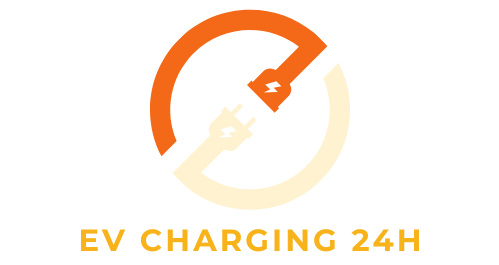


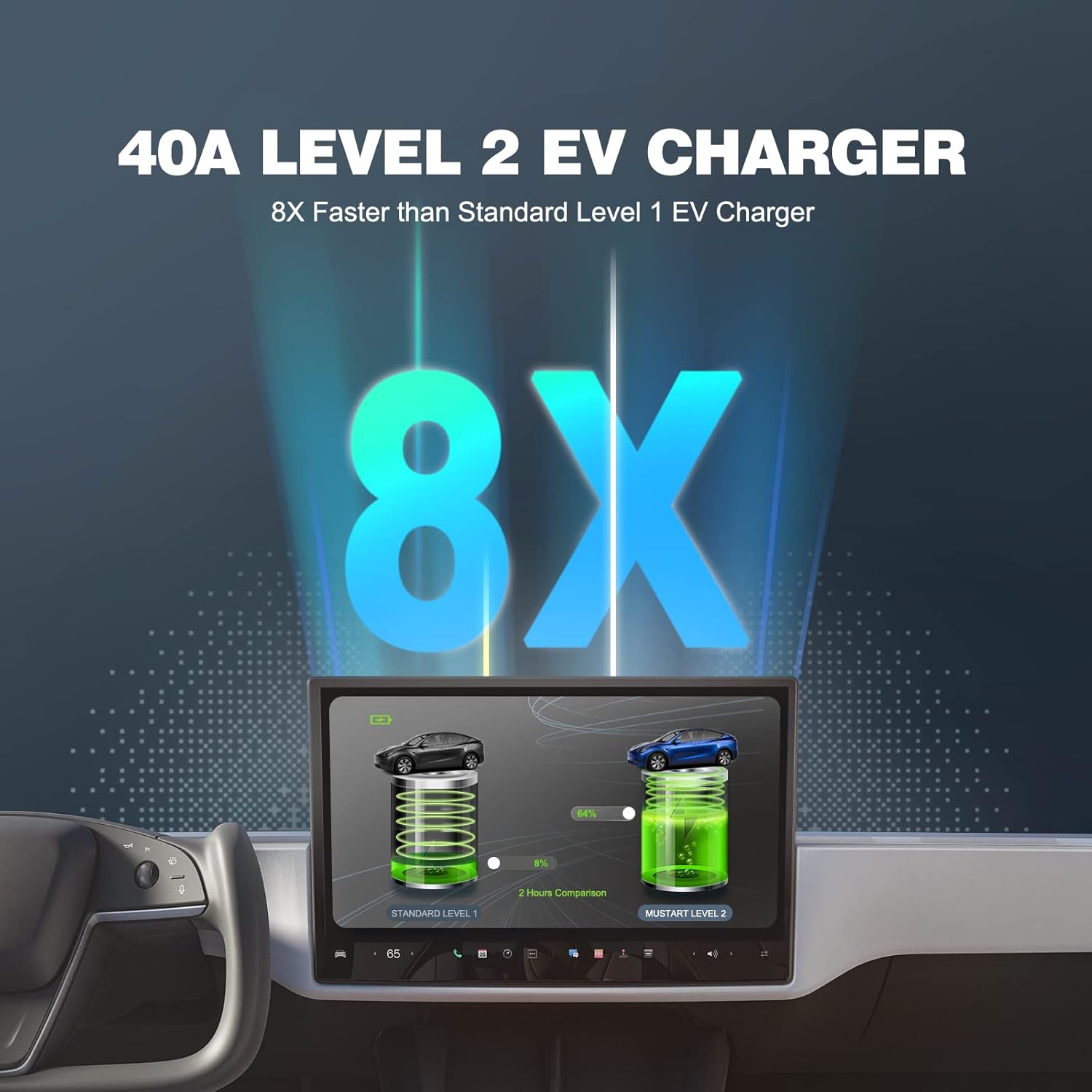
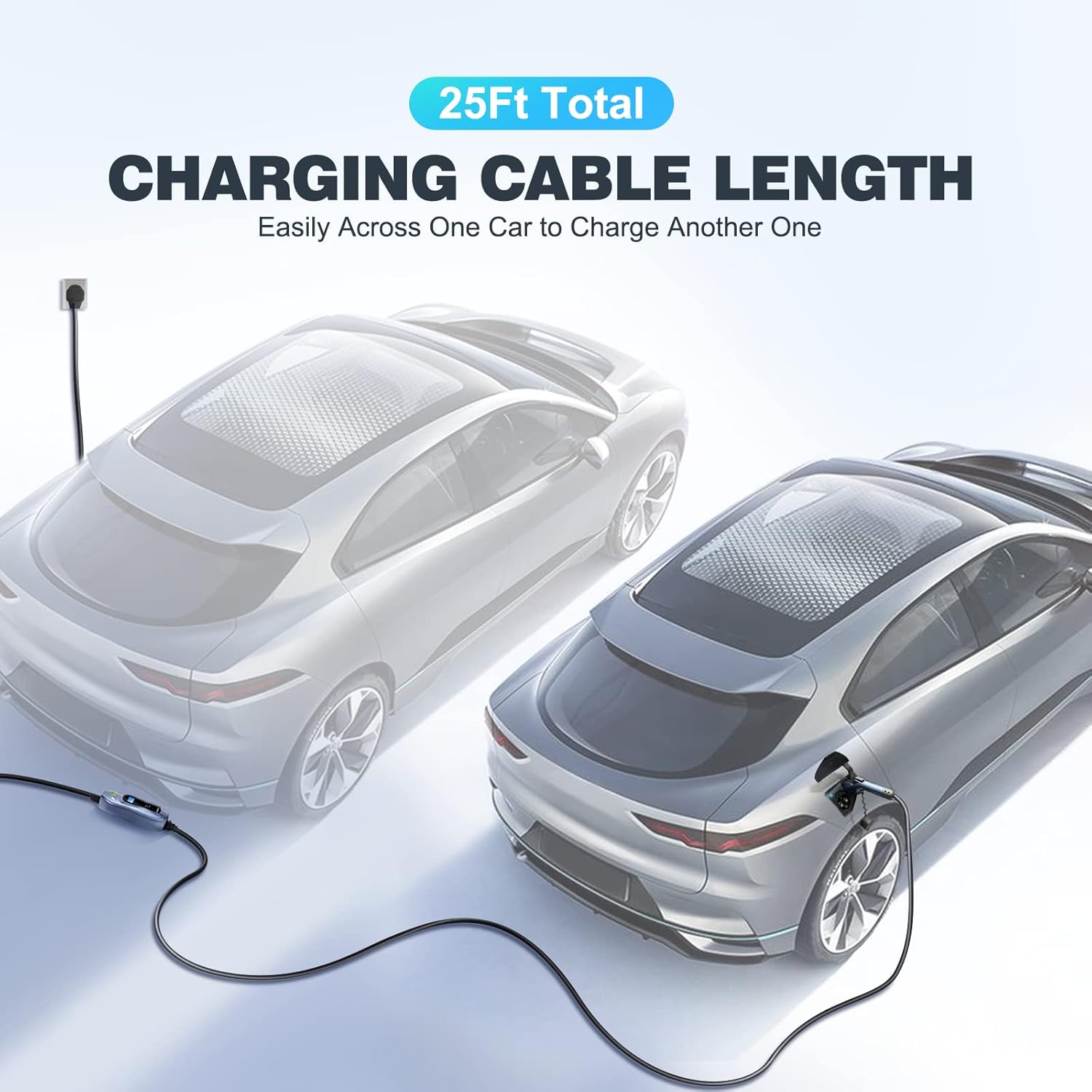
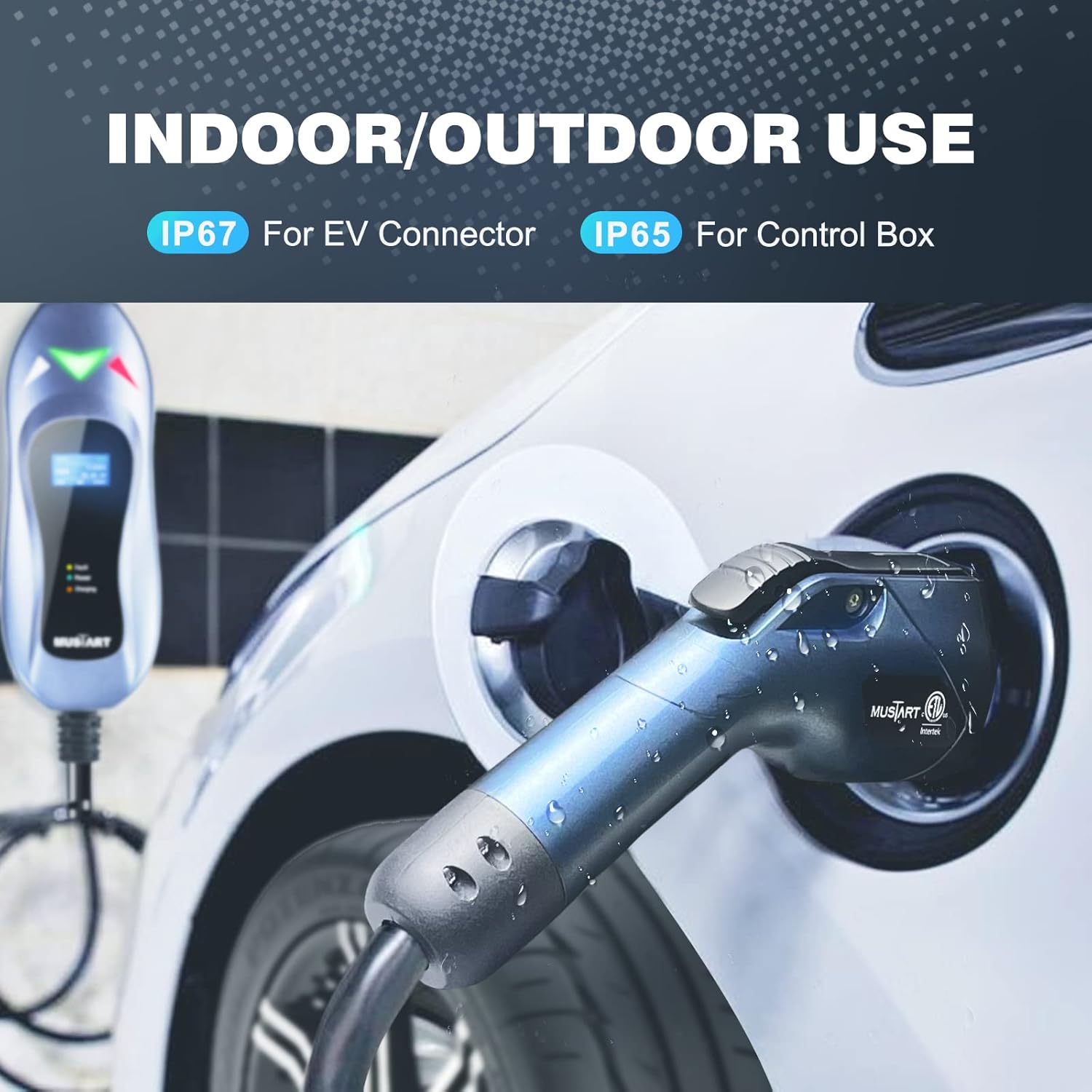
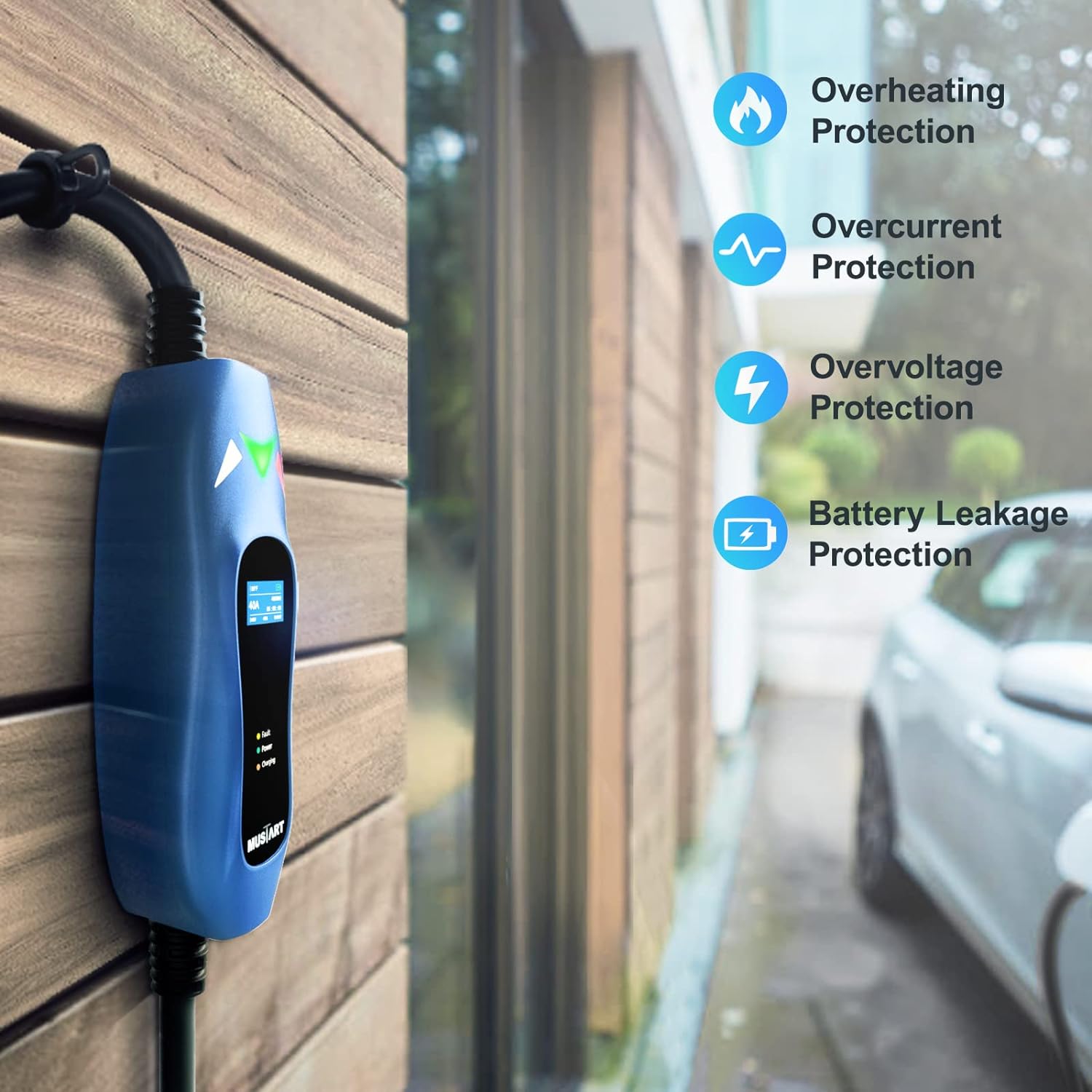

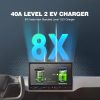
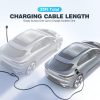

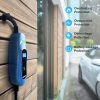

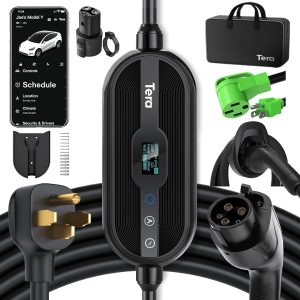
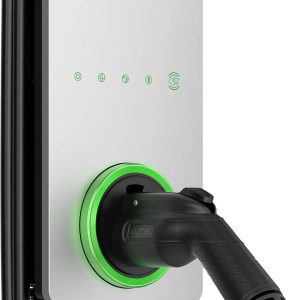
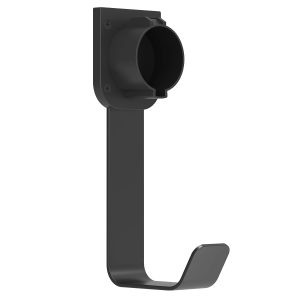
Reviews
There are no reviews yet.